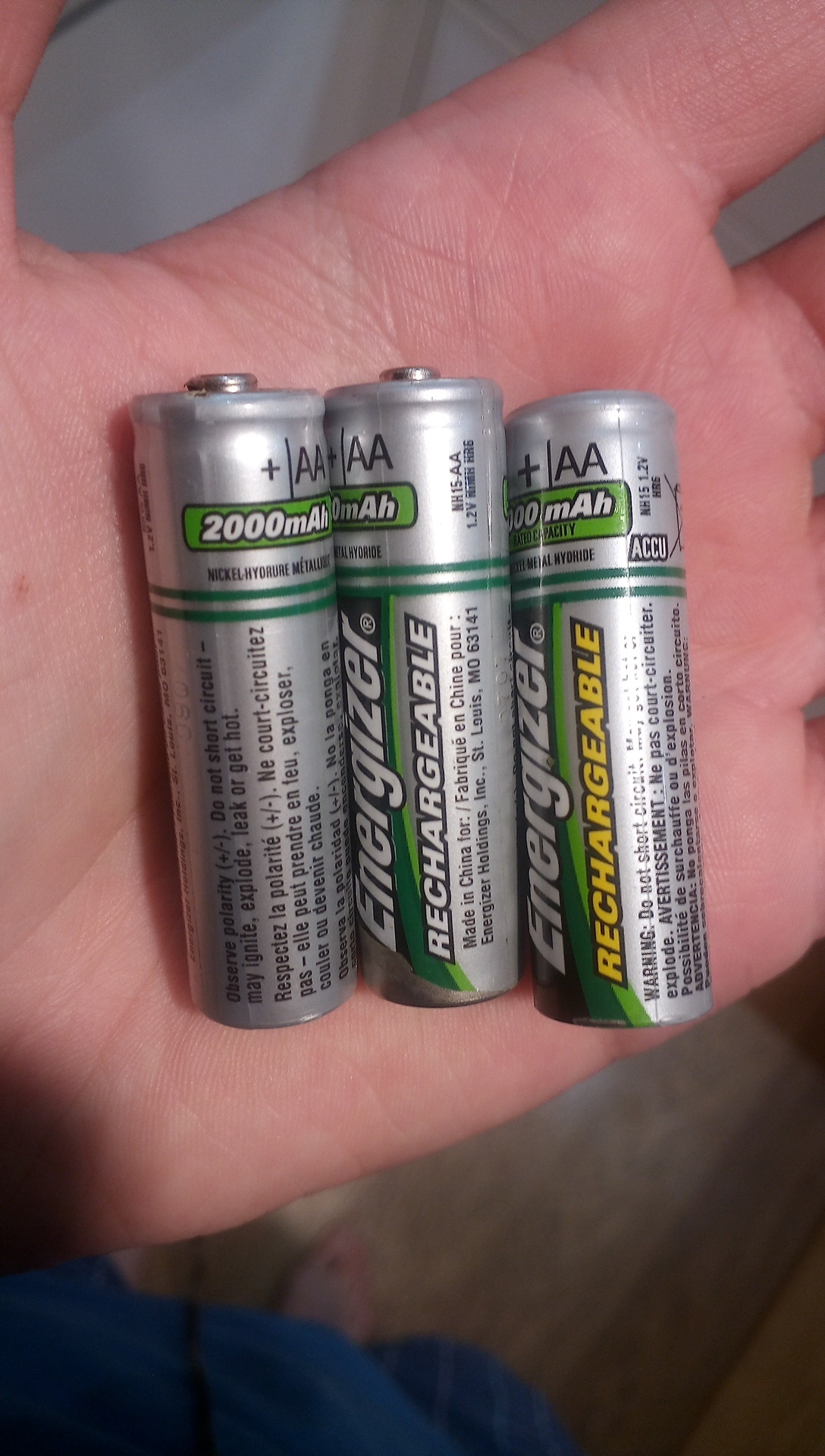this post was submitted on 07 Aug 2023
495 points (100.0% liked)
Technology
37742 readers
500 users here now
A nice place to discuss rumors, happenings, innovations, and challenges in the technology sphere. We also welcome discussions on the intersections of technology and society. If it’s technological news or discussion of technology, it probably belongs here.
Remember the overriding ethos on Beehaw: Be(e) Nice. Each user you encounter here is a person, and should be treated with kindness (even if they’re wrong, or use a Linux distro you don’t like). Personal attacks will not be tolerated.
Subcommunities on Beehaw:
This community's icon was made by Aaron Schneider, under the CC-BY-NC-SA 4.0 license.
founded 2 years ago
MODERATORS
you are viewing a single comment's thread
view the rest of the comments
view the rest of the comments

Couldn't it theoretically be fixed with a voltage regulator?
Don't they need a circuit protection to not over-discharge lithium batteries? Most AA devices would suck all the juice from the battery until it stops working.
The problem with those is that the device loses the ability to sense the charge status of the battery, since the voltage remains the same until it’s empty.
NiMH AA's have the same problem.
Yes.
The other problem with lithium batteries like 18650s is that they need to be handled with care so manufacturers don't want users swapping them in and out like AA/AAA. This is why they build them into devices and have you charge them through a regulated port.
Also there are numerous different versions and sizes of 18650, some come with protection circuit, some don't, some have flat top, some have button top, and whatever type you end up with might or might not fit your device. Makes the whole situation quite confusing for the average user.
Well there aren't really different sizes of 18650s, if you chance the size it's no longer an 18650.
The flat vs button top issue can be annoying though
18650 with protection circuit are around 69mm in length instead of 65mm.